Executive Action
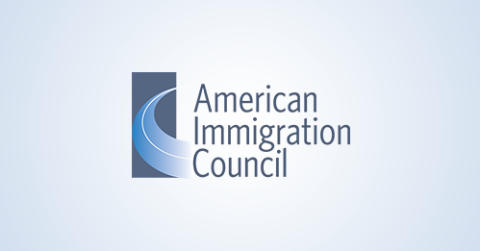
Comment on CBP Proposed Rule To Drastically Expand the Use of Facial Recognition Technology
The Proposed Rule would drastically expand the use of unproven facial recognition technology at ports of entry throughout the United States. Read More
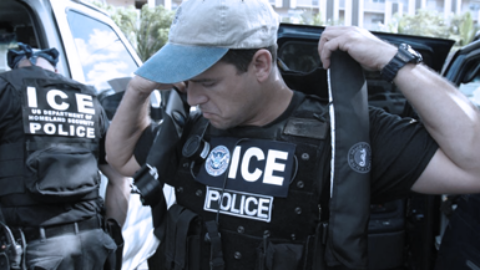
Summary of Executive Order “Enhancing Public Safety in the Interior of the United States”
The Trump administration’s approach will have devastating consequences for immigrant communities and will undermine, rather than improve, public safety. Read More
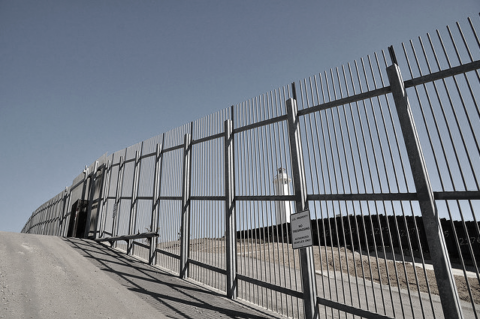
Summary of Executive Order “Border Security and Immigration Enforcement Improvements”
The provisions in the order pose serious concerns for the protection and due process rights of those currently residing in the United States, communities along the U.S-Mexico border, and vulnerable populations seeking protection in the country. Read More
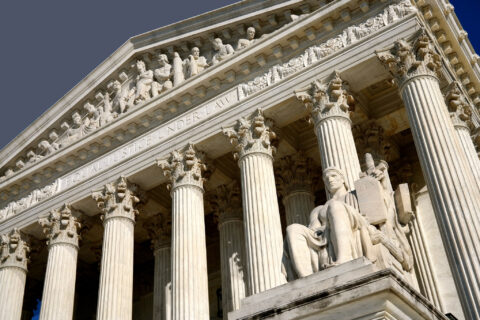
Understanding the Legal Challenges to Executive Action
This fact sheet provides an overview of the lawsuits that have challenged expanded DACA and DAPA. It explains the legal claims, the court decisions, and the process. Read More

DACA at Year Three: Challenges and Opportunities in Accessing Higher Education and Employment
DACA has helped its beneficiaries find employment and increase their earnings. But, even with better jobs, not all DACA beneficiaries in our study were able to afford tuition at four-year institutions. Read More
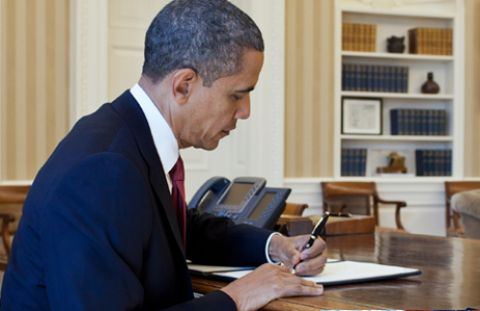
A Guide to the Immigration Accountability Executive Action
On November 20 and 21, 2014, President Obama announced his “immigration accountability executive action,” which includes a series of measures that are first steps towards common-sense reforms to an outdated immigration system. Read More

Only the Beginning: The Economic Potential of Executive Action on Immigration
The series of executive actions on immigration which President Obama announced on November 20, 2014, would have a beneficial—if modest—impact on the U.S. economy. Read More

Reagan-Bush Family Fairness: A Chronological History
From 1987 to 1990, Presidents Ronald Reagan and George Bush, Sr. used their executive authority to protect from deportation a group that Congress left out of its 1986 immigration reform legislation—the spouses and children of individuals who were in the process of legalizing. These “Family Fairness” actions were taken to avoid separating families in which one spouse or parent was eligible for legalization, but the other spouse or children living in the United States were not—and thus could be deported, even though they would one day be eligible for legal status when the spouse or parent legalized. Publicly available estimates at the time were that “Family Fairness” could cover as many as 1.5 million family members, which was approximately 40 percent of the then-unauthorized population. After Reagan and Bush acted, Congress later protected the family members. This fact sheet provides a chronological history of the executive actions and legislative debate surrounding Family Fairness. Read More

Executive Grants of Temporary Immigration Relief, 1956-Present
Much has been made of President Obama’s Deferred Action for Childhood Arrivals (DACA) program, through which he deferred deportation for young adults brought to the U.S. as children. But as immigration legal scholar Hiroshi Motomura has noted, the president has broad executive authority to shape the enforcement and implementation of immigration laws, including exercising prosecutorial discretion to defer deportations and streamline certain adjudications. In fact, history books reveal that President Obama’s action follows a long line of presidents who relied on their executive branch authority to address immigration challenges. Read More
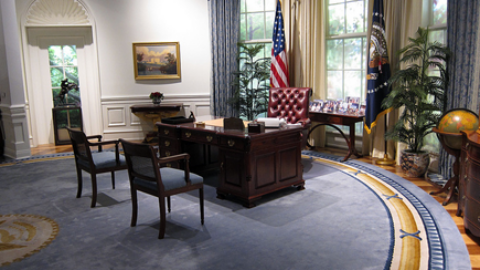
The President’s Discretion, Immigration Enforcement, and the Rule of Law
The President has the legal authority to make a significant number of unauthorized migrants eligible for temporary relief from deportation that would be similar to the relief available under the Deferred Action for Childhood Arrivals (DACA) program. Read More
Make a contribution
Make a direct impact on the lives of immigrants.
